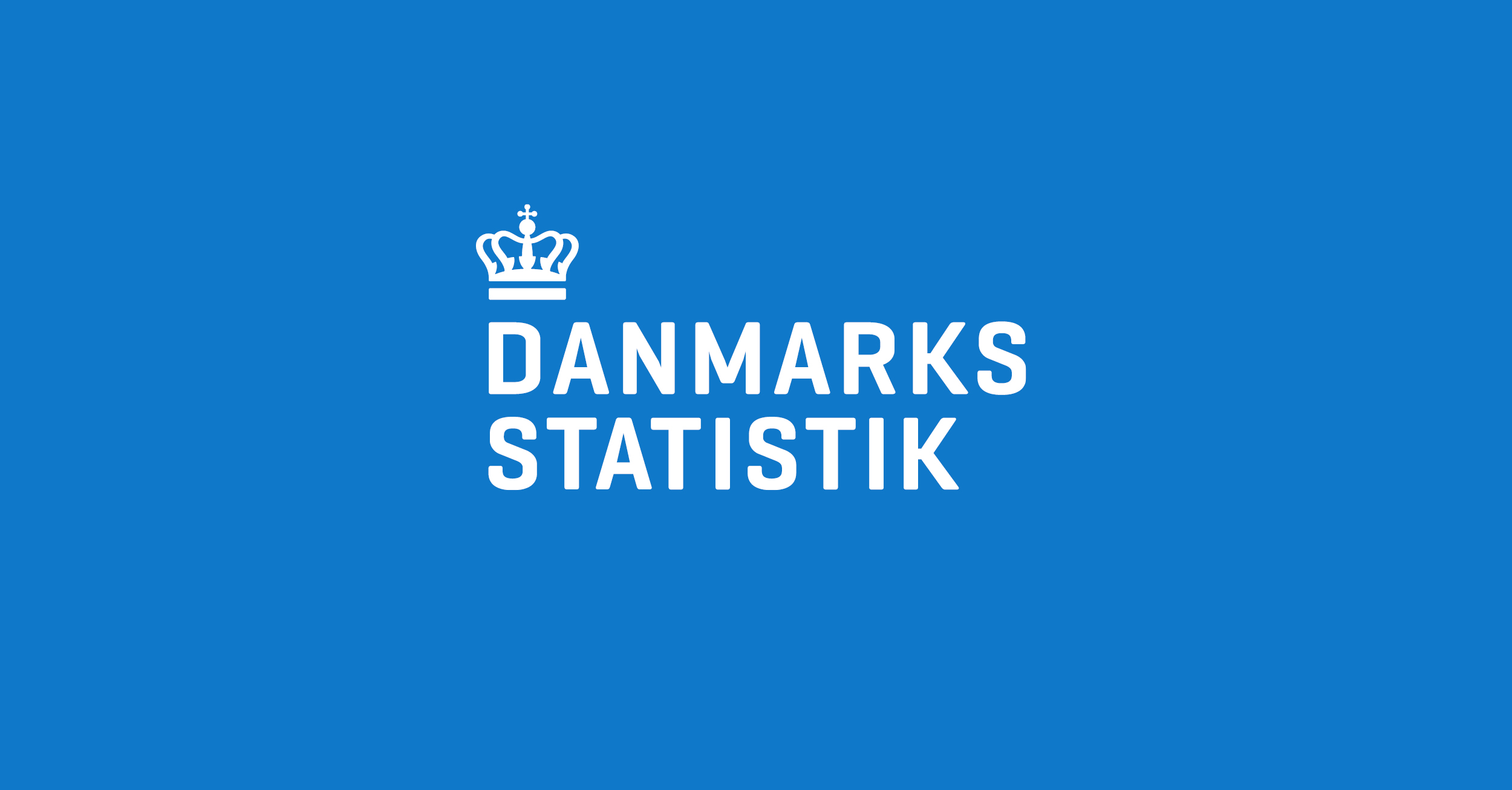Together with researchers from the Copenhagen Center for Social Data Science (SODAS) at the University of Copenhagen, Statistics Denmark has published an analysis in which they have examined how large language models (LLM) such as ChatGPT affect the Danish labor market. In this article, I will briefly introduce the most important findings and focus on the parts showing how the education sector will potentially be affected. You can advantageously delve into the analysis yourself because it is fascinating reading and can provide a marker for the transition our society is about to take based on developments in artificial intelligence.

By applying the AIOE scorer, which measures employment about AI exposure, to Danish work data from Statistics Denmark, the article sheds light on which work functions and industries will potentially experience changes due to artificial intelligence. It is essential to point out that the analysis does not distinguish whether the language models augment or replace job functions, and according to the study, there will currently be few work functions where artificial intelligence takes over all the work.

The main conclusions are that people who have work tasks with many cognitive routine tasks will face significant changes; and here the education sector will very likely be affected by the new opportunities. This means both that the teacher will get to utilize the advantages of the language models, but also that they will experience changes in their daily work. This could be, for example, student-adapted learning, automation of feedback on assignments or construction of interactive learning environments.
In addition, the analysis indicates that women generally have better opportunities to exploit the language models in their work than men, and people with high incomes seem to have more advantages over those with low incomes.
The analysis provides insight into how the labor market is developing for teachers and indicates which industries will have to deal with the language models and work with continuing education.
Below, I have inserted the overview of work functions and industries they expect to be affected. Both tables can be found in the analysis.


Source:







